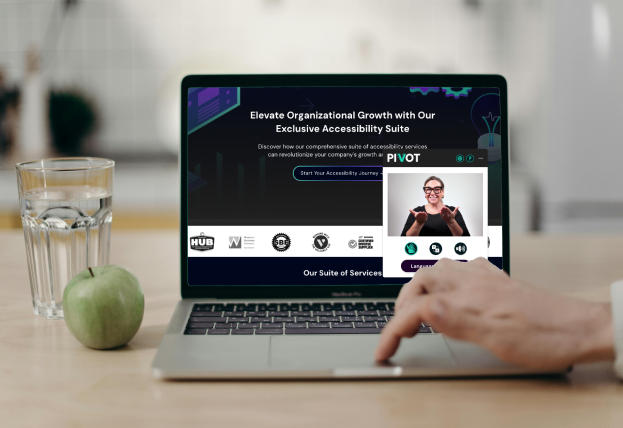Accessibility is often misunderstood, leading to misconceptions that hinder progress toward inclusivity. Let’s debunk some common myths to promote understanding and awareness:
Myth:
Accessibility is Only for People with Disabilities.
Fact:
Accessibility benefits everyone, including older adults, people with temporary disabilities (like a broken arm), and users in diverse environments (such as bright sunlight). Designing for accessibility improves usability for all users, not just those with disabilities.
Myth:
Accessibility Is Too Expensive and Time-Consuming.
Fact:
Integrating accessibility from the start can reduce costs associated with retrofitting later. Many accessibility improvements also benefit SEO and usability, enhancing overall user experience and reducing long-term maintenance costs.
Myth:
Automated Tools Ensure Full Accessibility Compliance.
Fact:
Automated tools are helpful but can’t catch all accessibility issues. Manual testing and user feedback are crucial for identifying and addressing barriers that impact user experience.
By debunking these myths and promoting accurate information, we can foster a more inclusive mindset and encourage proactive steps toward accessible digital environments.
**Image description:
This overhead shot depicts a person with a bun hairstyle wearing a white shirt, working at a desk. The person is propping their head up with their hands while looking at a laptop displaying various designs. To the left of the computer, eyeglasses are placed in an eyeglass case, and to the right, an open coil-bound book displays notes.



